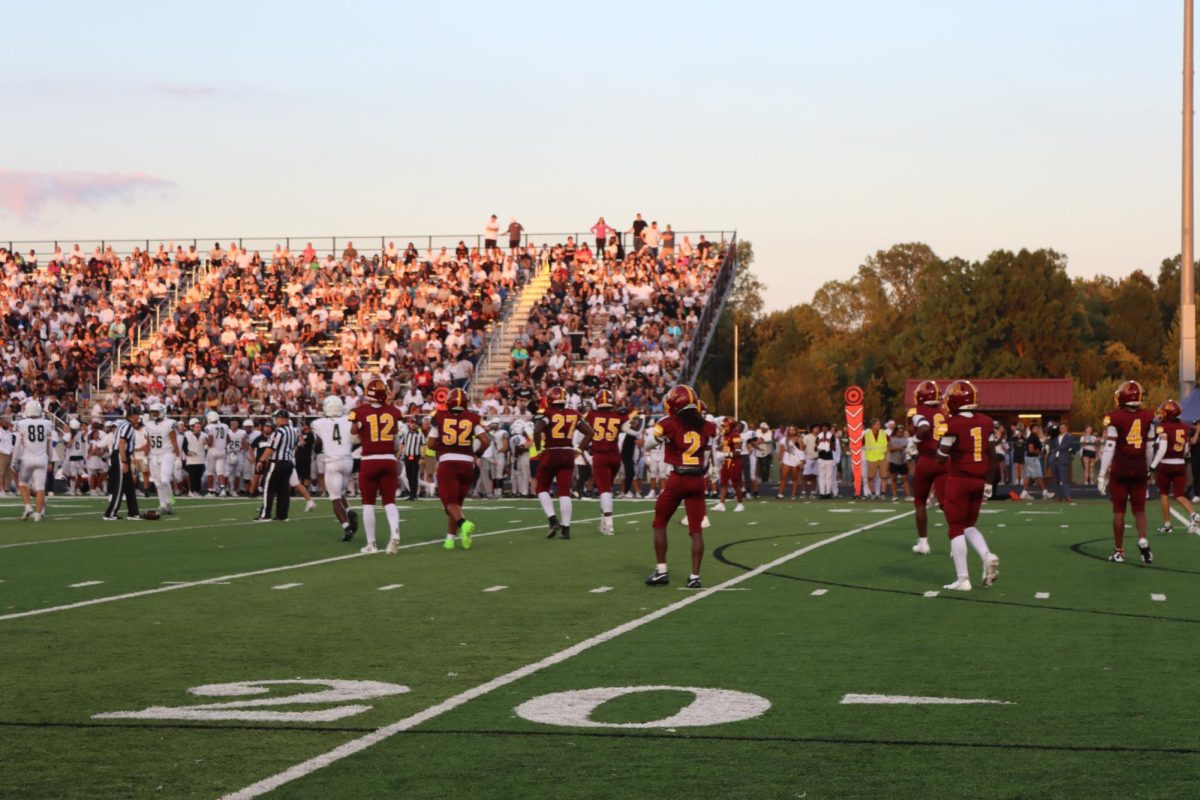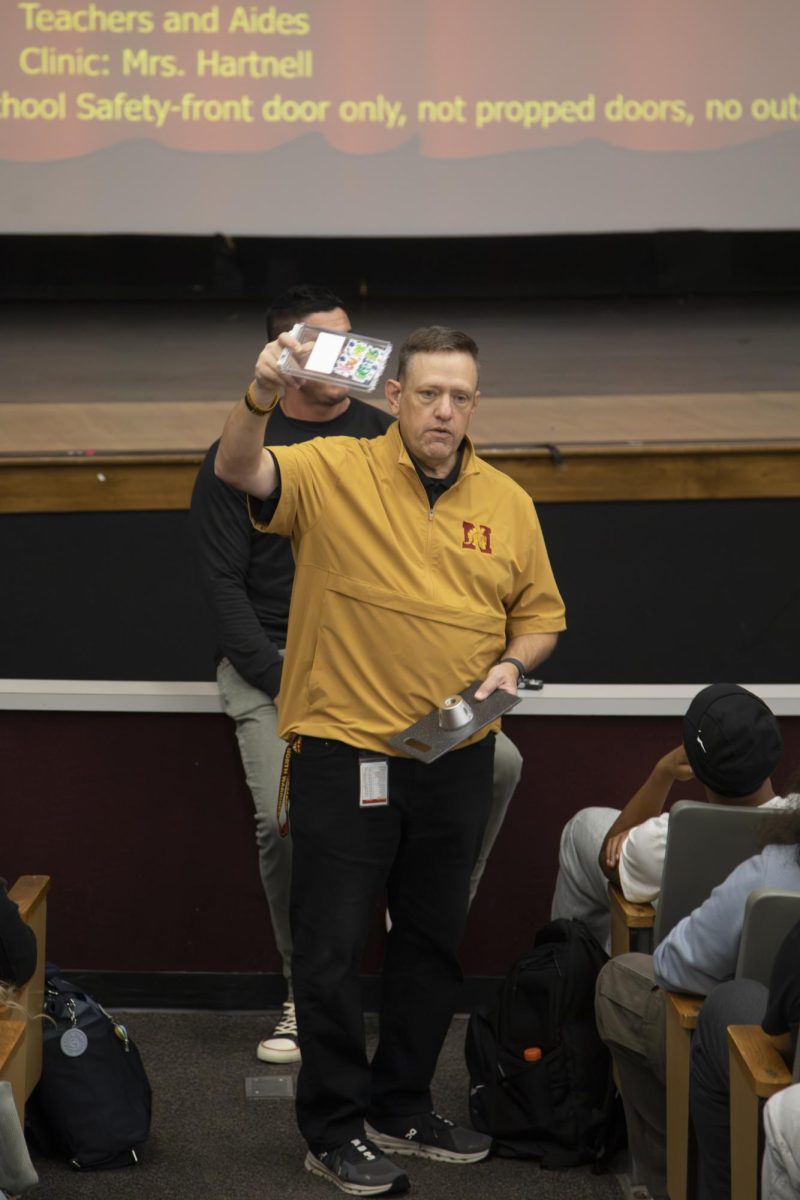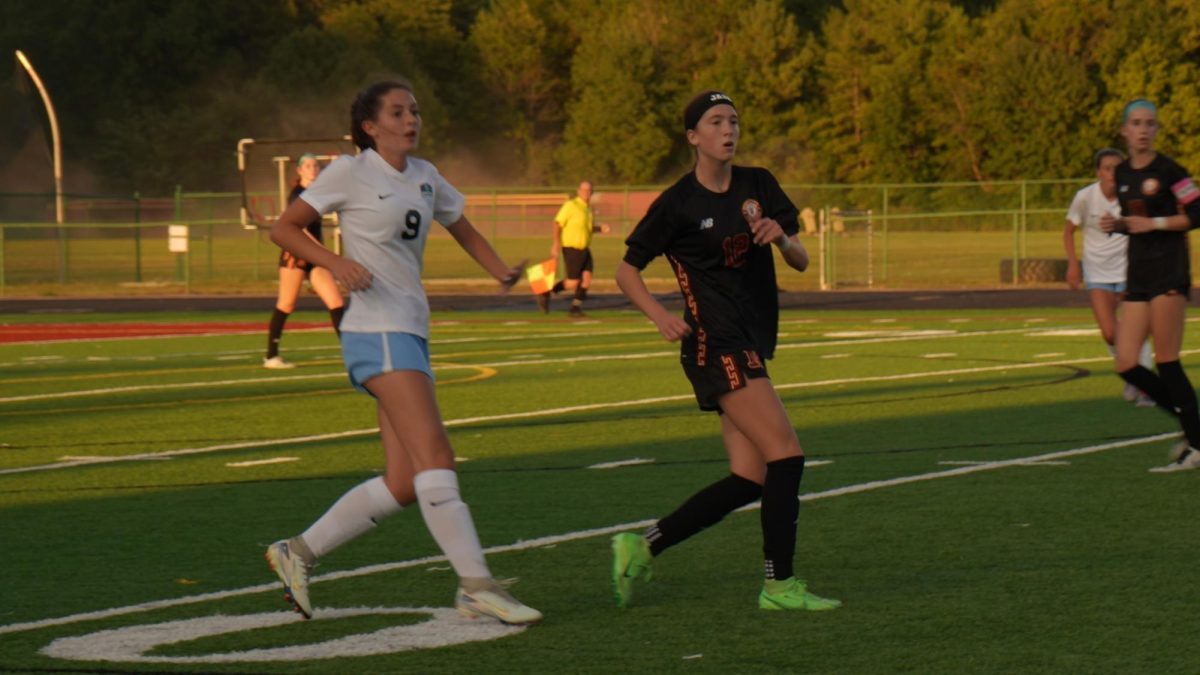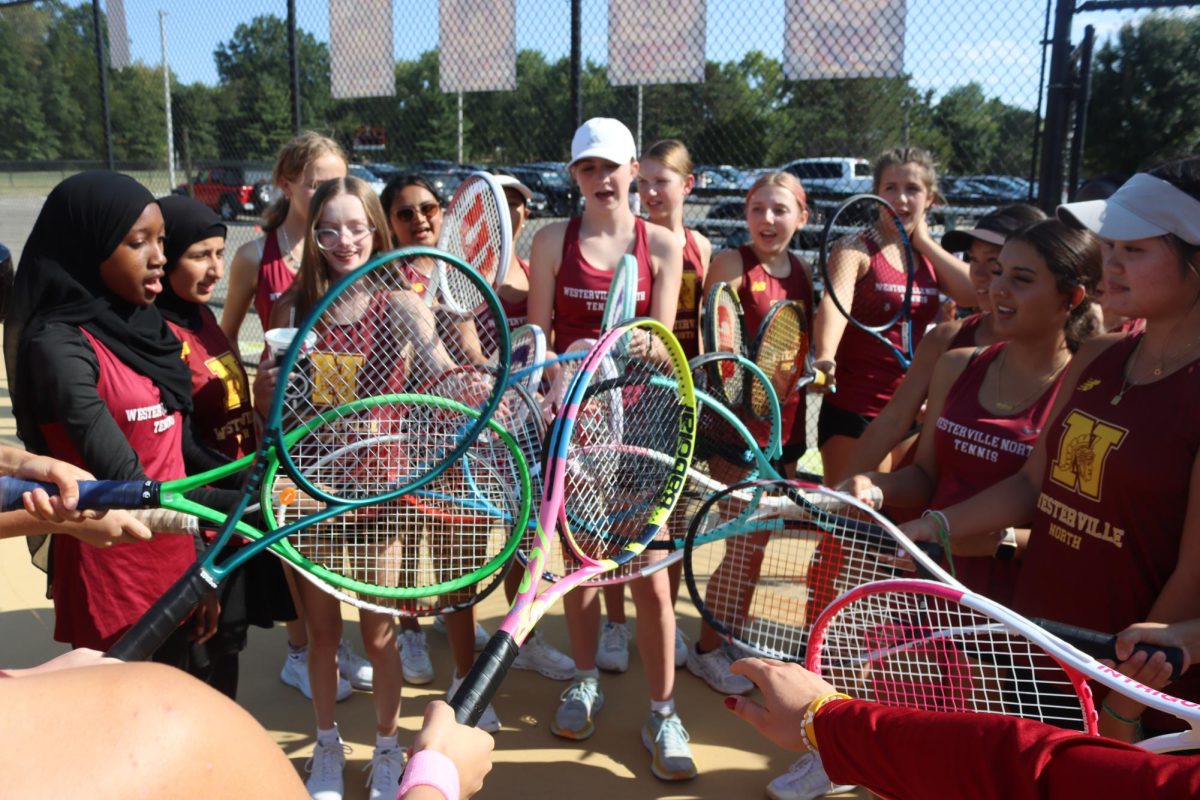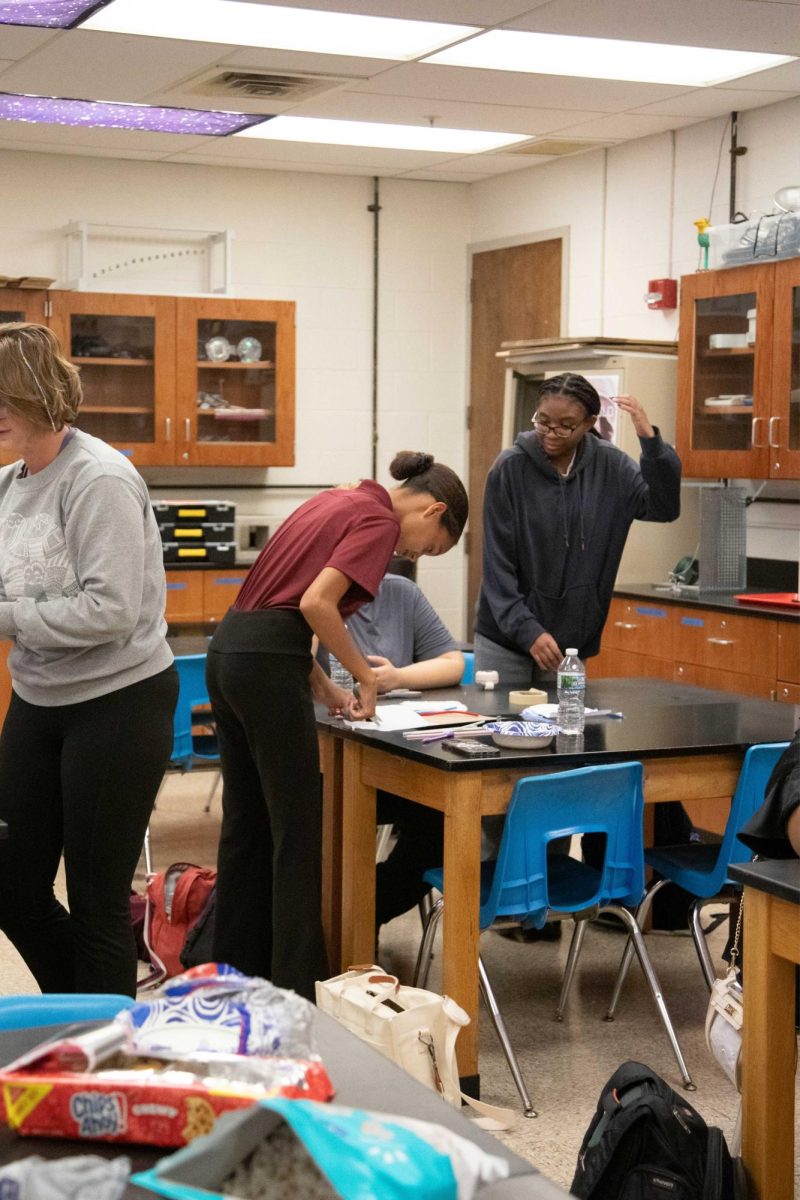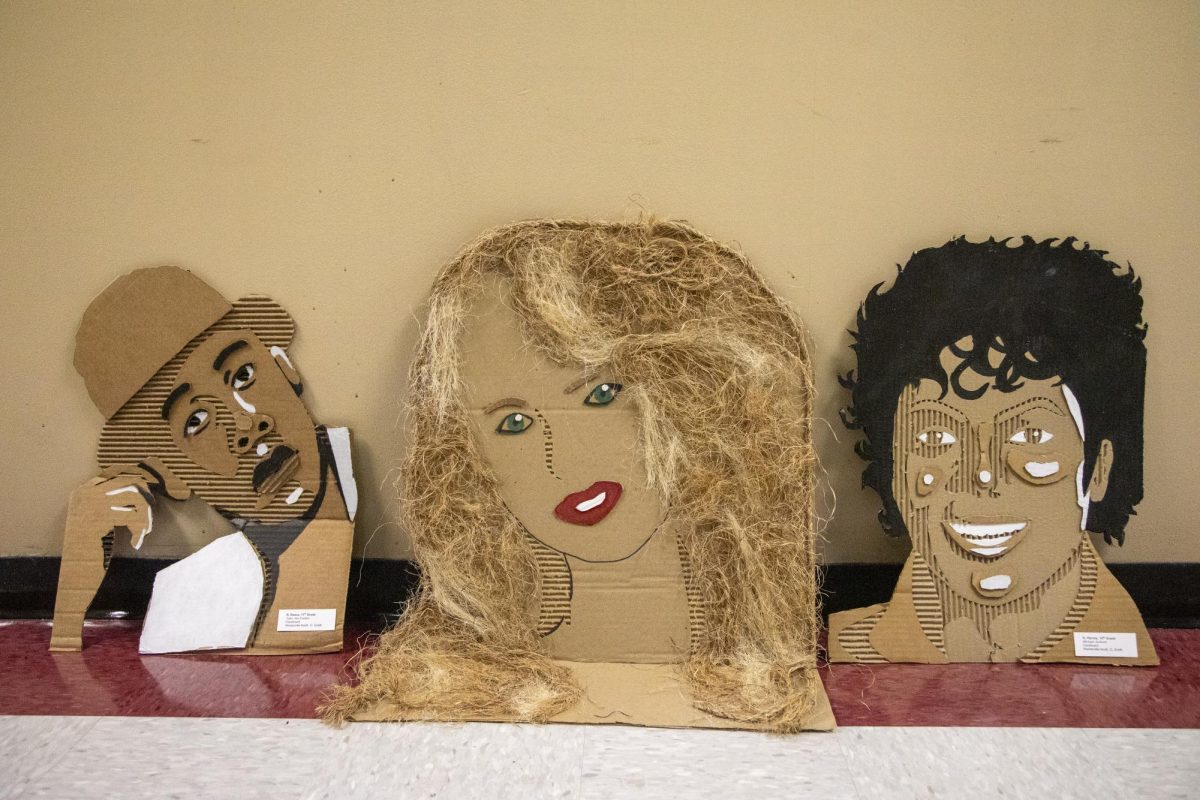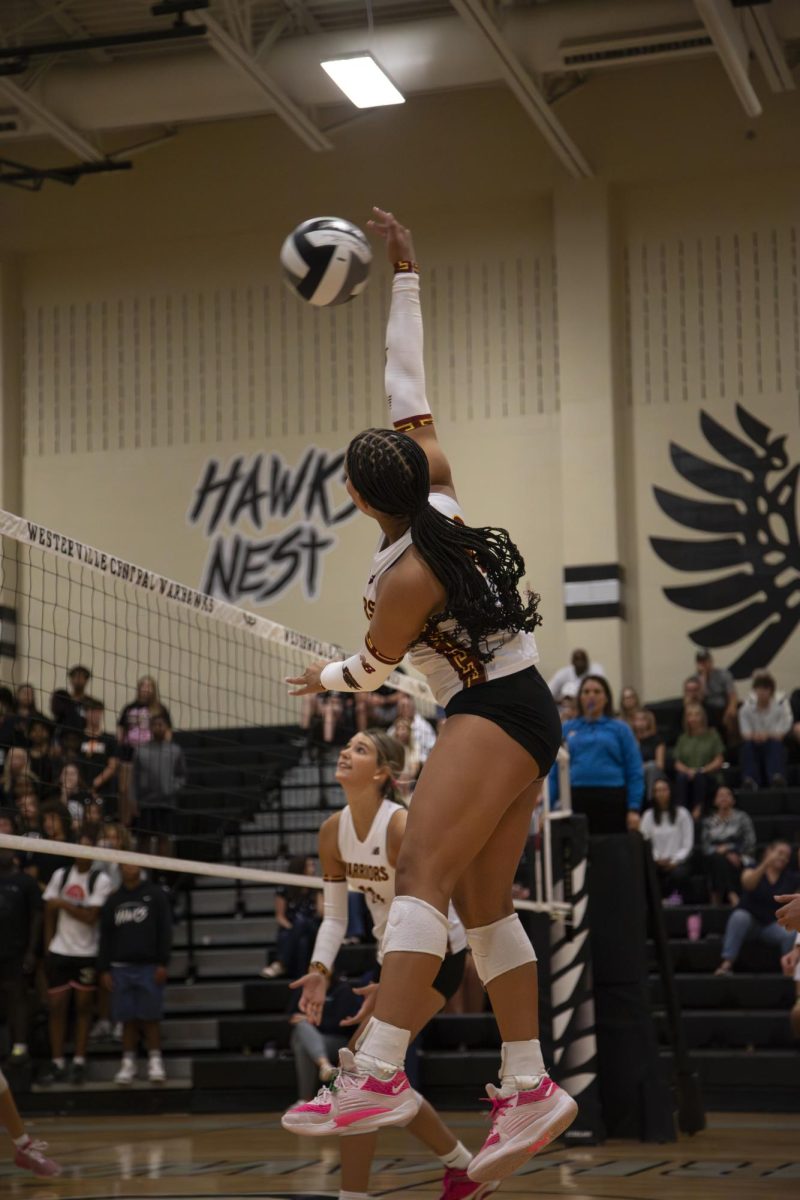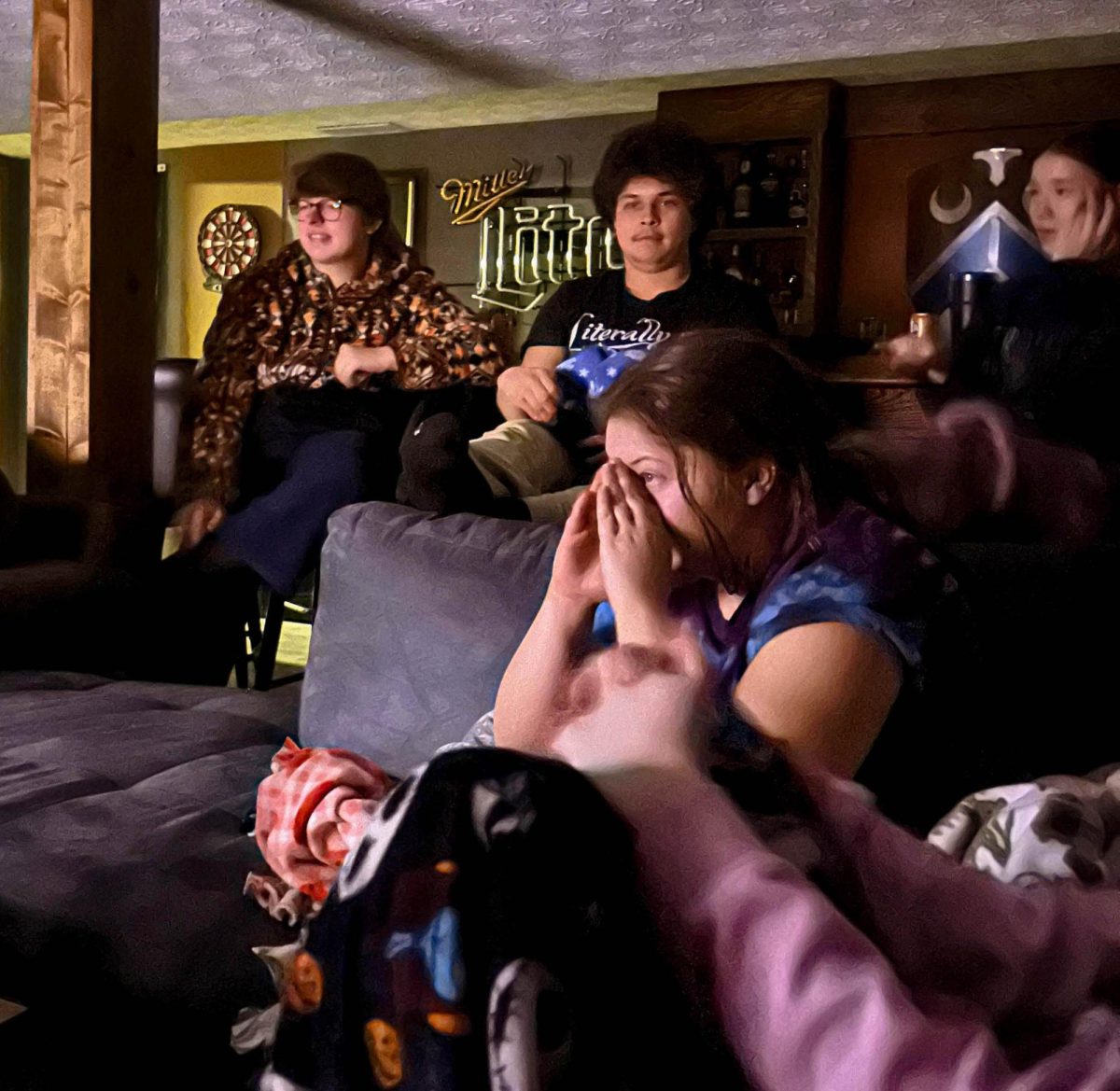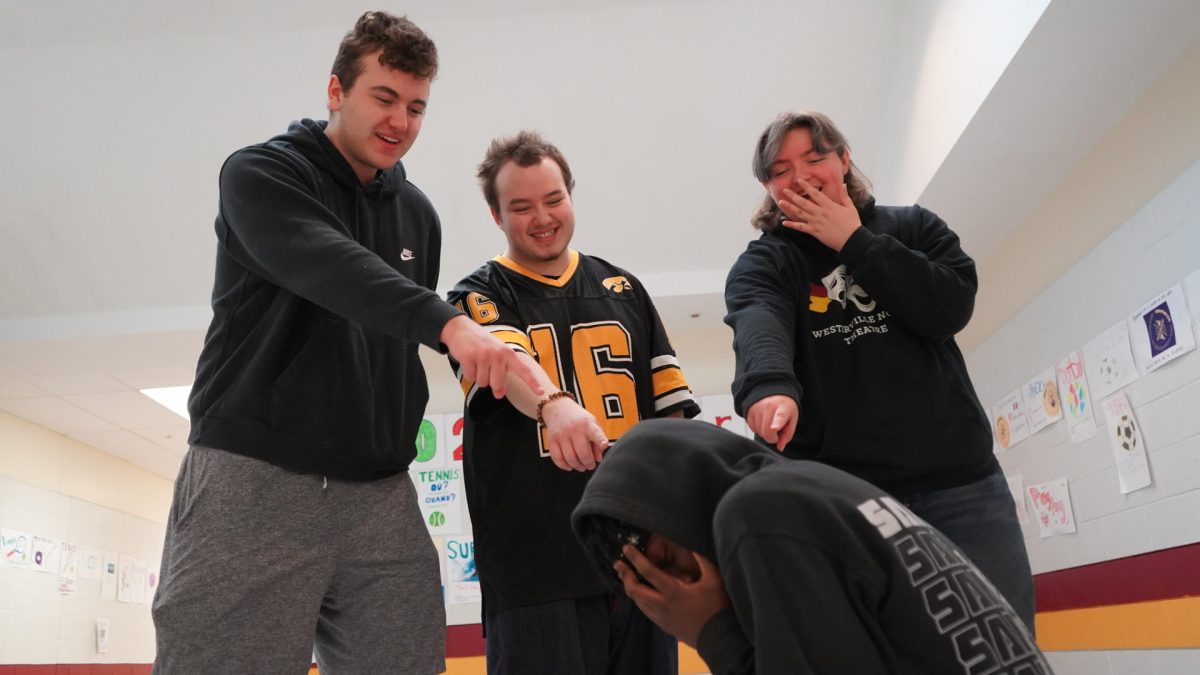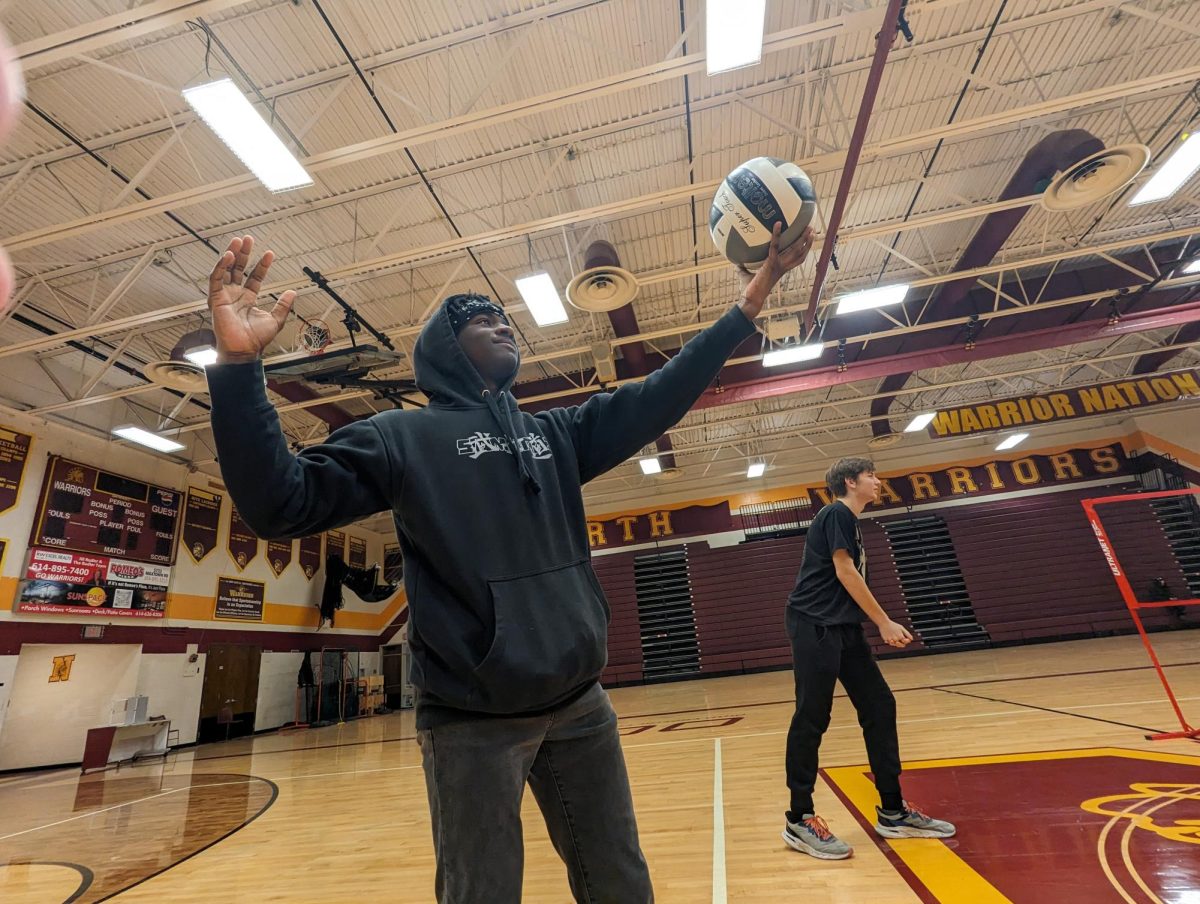During the 2022-2023 school year six transgender girls played in Ohio highschool sports; one of them is a tennis player who completed her senior season in fall of 2023. In the summer of 2022, she made history as one of the 19 athletes approved by the Ohio High School Athletics Association to play sports at the middle and high school levels between the years of 2015 and 2023.“It’s so impactful to have trans people playing high school sports,” Transgender Athlete #1 said, “It was so impactful that, not this past year, but the year before at camp. It was the day that I got approved to play tennis and my mom texted [the Co-Founder & Executive Director], and told everyone and people were crying and it’s a big thing to have happened… It’s such a big thing to happen in high school sports”
Even with her monumental achievement, there were numerous roadblocks and challenges she had to face before and after her approval. During the process for gaining access to play girls tennis for her school the
As one of the only transgender girls athletes in the state of Ohio, she has had the opportunity to experience some of the benefits that her Cisgender counterparts gain through school athletics. “Being on a team and having a group of people that support me is really great. Junior year I didn’t get out of my shell ever. I never hung out with people and my senior year I finally realized these people are there for me. I can hang out with these people, I can talk to these people. So being a part of the tennis team definitely helped me socialize and get out of my shell more senior year,” Transgender Athlete #1 said. Having access to athletics while also living as her true Identity is an uncommon but influential experience.
She began her social transition around the age of ten and medical transition shortly after at age 11. “It definitely helped me because I never wanted to say anything about my identity, because I was kind of scared, but my grades got better, my social life, everything about me pretty much got better when I came out.” Transgender Athlete #1 said, “Youth having the ability to live as their true identities, especially at a young age, gives them an opportunity to experience their childhood similarly to their cisgender peers.
Despite the numerous positive effects of sports on the development of youth, transgender and gender diverse people under the age of 18 are often unable to reap the benefits of growing up in team sports. Whether it be due to non-inclusive environments, legislation that bars transgender youth from participating in school sports, or the numerous gender dysphoria inducing aspects of sports ranging anywhere from gendered locker rooms to uniforms. Many of the benefits come from the ability to bond and grow with teammates. A transgender, former youth athlete who played hockey, lacrosse, softball, baseball, and soccer felt othered and disconnected from his teams. “I enjoyed the sports, they were great. I never really felt like part of the team, because [I was] the weird one. It [was] really hard for me to make friends growing up,” Transgender Athlete #2 said.
In a research based article published by the University of San Diego participation in youth sports is credited with helping youth learn self-confidence and build character. In the same article it was found that youth participating in sports reap both physical and mental health benefits. Youth are observed to show lower signs of stress, lower rates of anxiety and depression, lower risk of illness, lower rates of drug use, and overall greater self-confidence and higher self esteem. These benefits are crucial for transgender athletes. 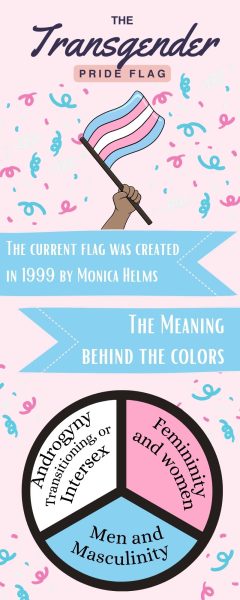
Connor Mahon is the Director of Youth services at Camp Lilac, a summer camp for transgenderand gender diverse youth ages 12 to 17. Mahon’s work with Camp Lilac puts them in a position where they are able to see up close and personal the way access to sports and physical activity can affect transgender youth. “It’s important to consider sports and their impact on just [Cisgender] youth and what we know about what it can do for them. We see how important [sports are] as a community building tool, as a confidence building tool, as a route to leadership, as a route to a successful future in college and beyond,” Mahon said. “These are all pieces that trans youth also need, perhaps even more so. Especially community confidence [and] a sense of belonging. So everything that we know about the impact of sports on a child’s life, we know that aligns perfectly with what a trans child needs, and so denying access to sports is denying them a very traditional route to a lot of these things that they really, really need.”
Following the lockdowns during the COVID-19 virus pandemic, the need for community and connection has grown. In a review of studies published on the National Library of Medicine, researchers found that a multitude of factors surrounding isolation during the COVID-19 pandemic lockdowns, “Restrictive social and economic reconfigurations, the fear of contagion, illness caused by COVID-19, isolated family life, school closures, the lack of support networks for other adults…can result in toxic stress”. These findings only emphasize the need for community building activities for children under the age of 18 and sports has shown to fill that need.
Before January of 2024, the Ohio High School Athletics Association (OHSAA) operated under a trans student policy which was implemented during the 2015-2016 school year. NBC4 reported that over the eight years the policy was in place nineteen total transgender (male-to-female) athletes were approved through OHSAA’s screening. During the years in which the policy was in place, the nine transgender girls who played high school sports made up just a fraction of the annual participants in girls high school sports. Between the academic years of 2015-2016 and 2018-2019 Statista Research Department reported that there were between 129,974 (2015-16) and 143,356 (2017-18) female athletes annually.
Despite the need for transgender youth to have access to participation in sports, the barriers for entry are only getting stricter. In January of 2024 transgender women and girls faced a participation ban on girls and women’s sports within the state of Ohio. The Ohio senate voted to override Ohio governor Mike Dewine’s veto of House Bill 68 which included the banning of all transgender women and girls from women’s sports teams at the collegiate and K-12 levels.
The passing of House Bill 68 hit close to home for many people in the transgender and gender diverse community. “[Knowing the people who are affected] made it so much more personal when the bills started coming out. This affects like four people and I know two of them and two of them are people that I care about,” Mahon said.
Although the long term effects of House Bill 68 are still unfolding, the importance of providing transgender youth with an accepting environment to participate in sports has not diminished. Calliope Ramirez is a transgender former athlete who participated in spots growing up. He played soccer, danced, and most recently he played roller derby. While he did not have an affirming experience in soccer, roller derby was another story. “Roller derby was actually a really accepting environment. There were a lot of other queer athletes that were on my team. So that was a really good environment to be in and I’m very fortunate because sports can definitely not be the case for many other people.” Ramirez said.
Sports have the opportunity to provide an opportunity for transgender youth to learn and grow the same as their cisgender peers. “A lot of young trans people do not leave their houses, they are so afraid to do anything,” Transgender Athlete #1 said, “Going out and playing a sport with other people, being on any sort of team or any sort of club is helpful in being trans because I think that it broadens your social spread spectrum, and even [helps them] gain soft skills, all kinds of things to help [them go] farther in life.”



